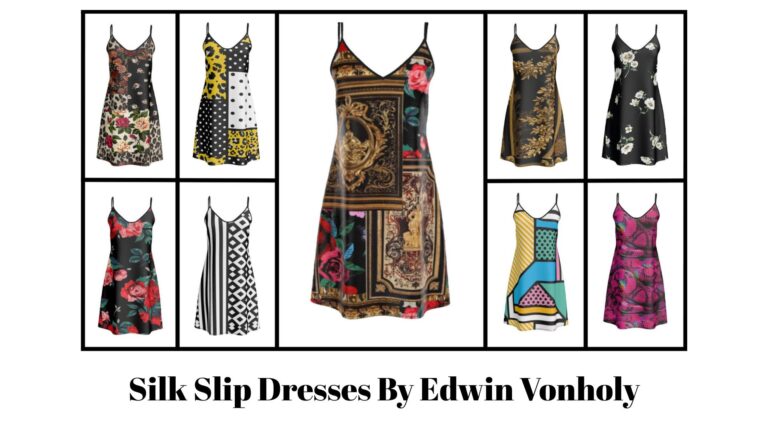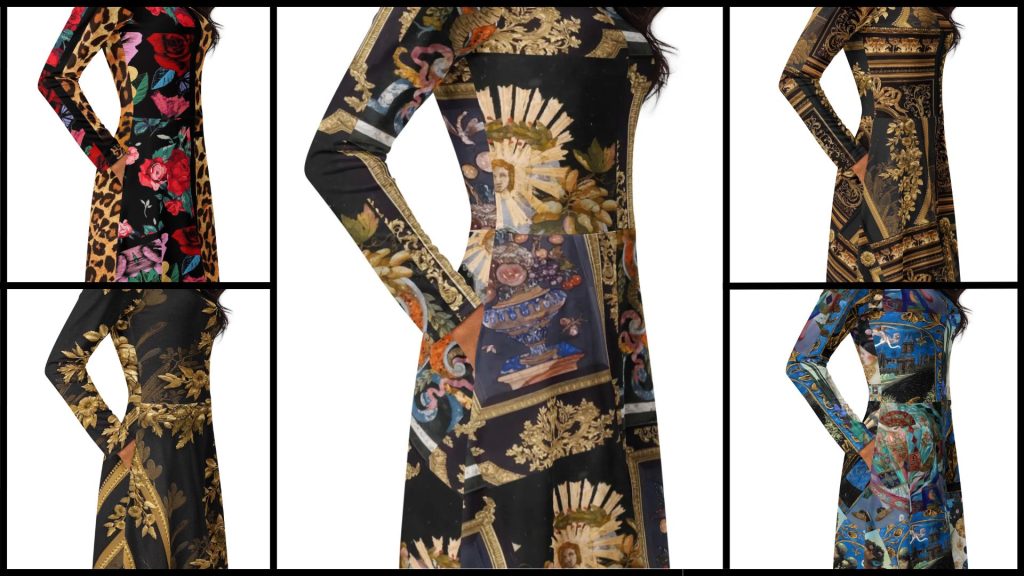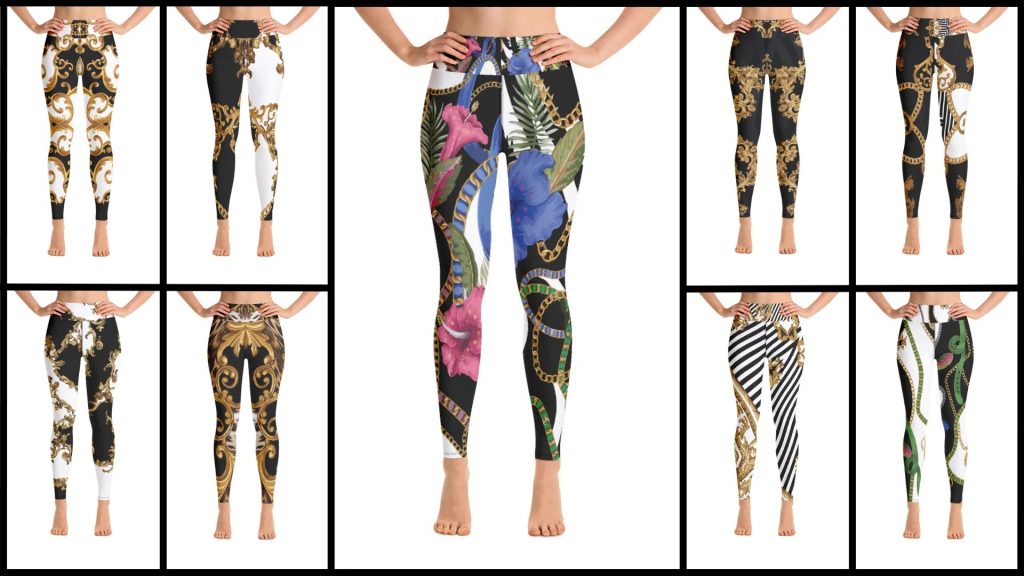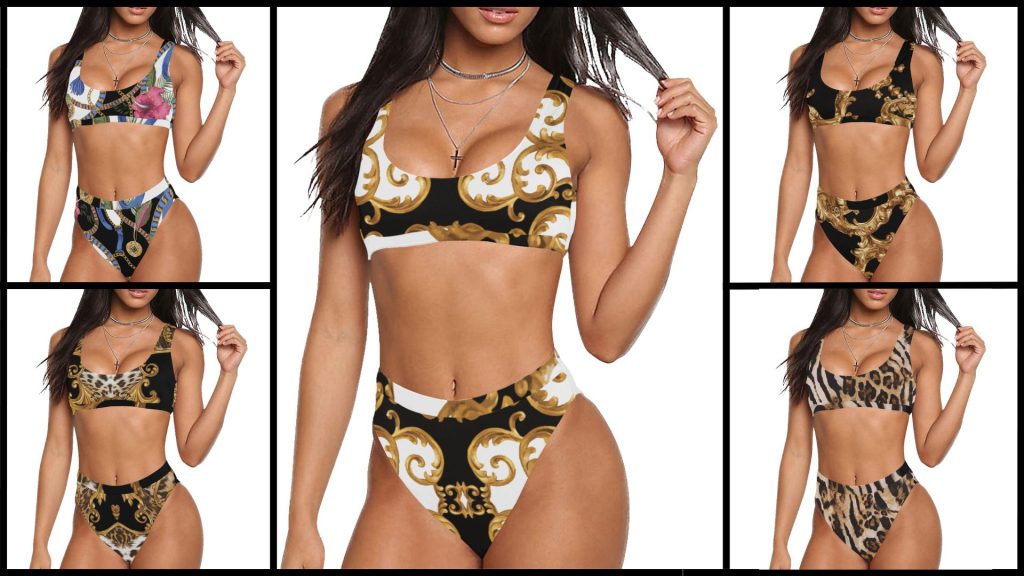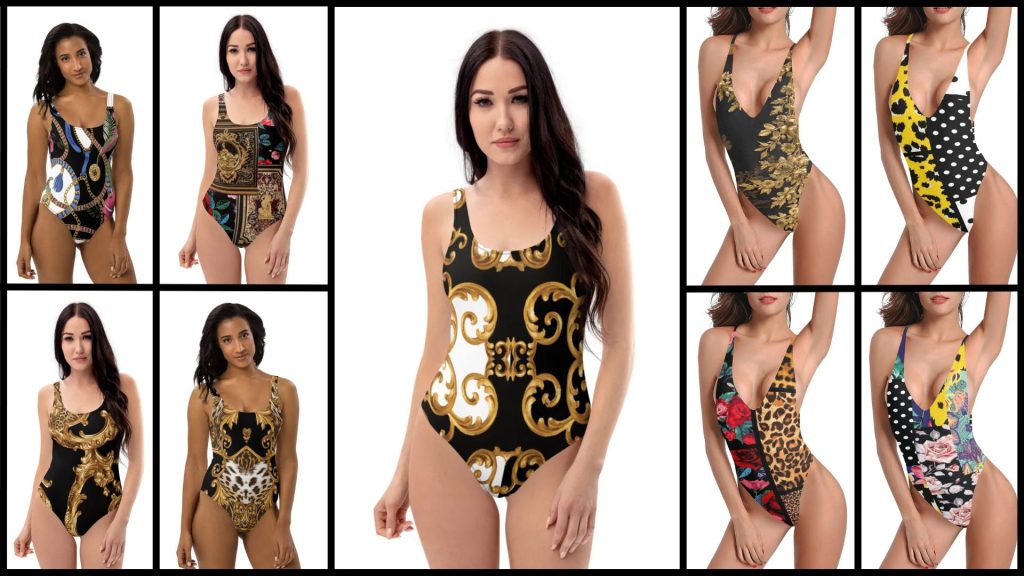Eco-Friendly Princess Dresses: Sustainable Choices for Little Princesses
As parents, we want our children to enjoy their childhood while also teaching them the importance of sustainability and eco-conscious choices. Princess dresses are often a big part of every little girl’s dreams, but traditional princess dresses can be made from materials that are harmful to the environment. Luckily, there are now many eco-friendly options available, allowing your little princess to shine while still protecting the planet. Here’s everything you need to know about eco-friendly princess dresses and why they are the perfect choice for your little one.
1. Why Choose Eco-Friendly Princess Dresses?
The fashion industry is one of the biggest contributors to environmental damage, and children’s clothing is no exception. Many traditional princess dresses are made from synthetic fabrics like polyester, which is not biodegradable and often made from non-renewable resources. These dresses are typically produced in large quantities in factories that use harmful chemicals, which can have a negative impact on the environment.
Eco-friendly princess dresses, on the other hand, are designed with sustainable materials and ethical production methods. By choosing these dresses, you can help reduce waste, lower carbon footprints, and promote a more sustainable future for your child.
2. Sustainable Fabrics to Look For
When shopping for eco-friendly princess dresses, it’s important to consider the materials used. Sustainable fabrics are made from renewable resources and are often biodegradable or recyclable. Here are some of the best materials to look for:
Organic Cotton: Grown without harmful pesticides or chemicals, organic cotton is a natural, breathable fabric that’s perfect for princess dresses. It’s soft, hypoallergenic, and gentle on your child’s skin.
Tencel (Lyocell): Made from sustainably sourced wood pulp, Tencel is a biodegradable fabric that is silky soft and eco-friendly. It’s often used in children’s clothing because of its comfort and environmental benefits.
Recycled Polyester: This fabric is made from recycled plastic bottles or other polyester garments, reducing the need for virgin polyester and minimizing plastic waste. It offers the same durability as regular polyester but with a lower environmental impact.
Hemp: Hemp is a highly sustainable fabric that requires little water and no pesticides to grow. It’s durable, breathable, and naturally anti-bacterial, making it a great choice for active children.
3. Eco-Friendly Production Practices
In addition to sustainable fabrics, it’s important to consider the production methods of the princess dress. Eco-friendly brands typically use ethical and environmentally conscious practices throughout the manufacturing process. Some things to look for include:
Fair Trade Certification: Dresses made under fair trade conditions ensure that workers are paid fairly and treated ethically, with good working conditions.
Low-Impact Dyeing: Many eco-friendly dresses are dyed with natural or low-impact dyes, which are free from harmful chemicals that can pollute the environment.
Local Manufacturing: Some brands focus on keeping production close to home to reduce transportation emissions and support local artisans and workers.
4. Eco-Friendly Princess Dress Brands to Consider
As awareness of the environmental impact of fashion grows, more brands are offering eco-friendly princess dresses. Here are some brands that specialize in sustainable, stylish options:
Little Green Radicals: This brand is known for its adorable, eco-friendly clothing for children, including princess dresses made from organic cotton and other sustainable fabrics. Their clothes are ethically made and are designed to be comfortable and durable.
Tencel Kids: Specializing in Tencel fabric, Tencel Kids offers a variety of princess dresses made from this sustainable material. Their dresses are soft, breathable, and gentle on the planet.
Burt’s Bees Baby: While Burt’s Bees is known for natural skincare, their clothing line features a collection of organic cotton princess dresses. The dresses are available in soft pastel colors and are gentle on both the environment and your child’s sensitive skin.
Green Sprouts: Known for creating eco-friendly clothing made from organic cotton, Green Sprouts has a selection of sustainable dresses that would make any little one feel like royalty. Their clothing is durable and perfect for everyday wear.
5. DIY Eco-Friendly Princess Dresses
If you’re feeling crafty, you can even make your own eco-friendly princess dress! With a little creativity, you can design a custom dress using sustainable materials, giving it a personal touch while still being mindful of the environment. Here are some tips for making a DIY eco-friendly princess dress:
Use Organic or Recycled Fabrics: Head to your local fabric store and look for organic cotton, hemp, or Tencel fabrics. You can also repurpose old clothes, such as using a vintage dress or upcycled fabric, to create a unique look.
Avoid Synthetic Embellishments: Instead of using plastic or synthetic embellishments, consider using natural items such as wooden buttons, recycled sequins, or fabric flowers. This will keep the dress both magical and eco-friendly.
Use Low-Impact Dyes: If you plan to dye the fabric, look for natural dyes or low-impact, non-toxic dyeing methods. You can even experiment with plant-based dyes made from ingredients like beets or turmeric for vibrant, eco-friendly colors.
6. How to Maintain Your Eco-Friendly Princess Dress
Taking care of your eco-friendly princess dress is essential to ensuring its longevity and reducing your environmental impact. Here are some tips for caring for your dress:
Wash with Care: Hand wash or machine wash on a gentle cycle with cold water to preserve the integrity of the fabric. Use a mild, eco-friendly detergent that is free of harsh chemicals.
Line Dry: Whenever possible, air dry the dress by hanging it up rather than using a tumble dryer. This reduces energy use and helps maintain the dress’s shape.
Repair Rather Than Replace: If the dress gets a tear or loses an embellishment, consider repairing it instead of discarding it. This helps reduce waste and extends the life of the dress.
7. Why Sustainability Matters for Your Little Princess
Choosing eco-friendly princess dresses not only helps preserve the environment but also teaches your child the importance of sustainable choices. By supporting brands that focus on ethical production and environmentally friendly practices, you’re helping to instill values of responsibility and mindfulness in your child from a young age. It’s a great opportunity to start important conversations about sustainability and show how fun it can be to make eco-conscious decisions.
8. Conclusion
Eco-friendly princess dresses are a wonderful choice for parents who want to ensure their little ones look and feel like royalty while also making a positive impact on the environment. By choosing sustainable fabrics, supporting ethical production practices, and taking care of your dress, you can help create a more sustainable future for your child. With a wide variety of stylish and magical options available, your little princess can enjoy her dress-up time with a clear conscience and a whole lot of joy.
